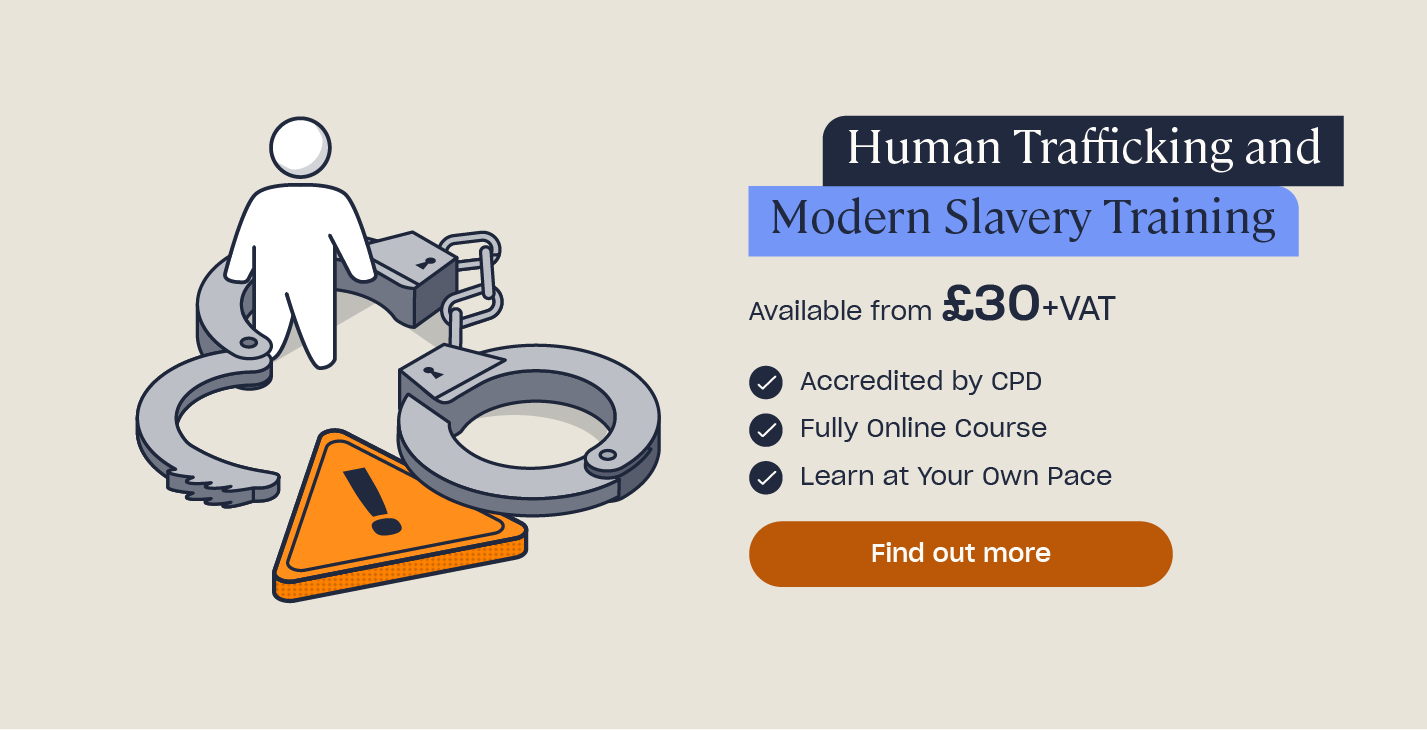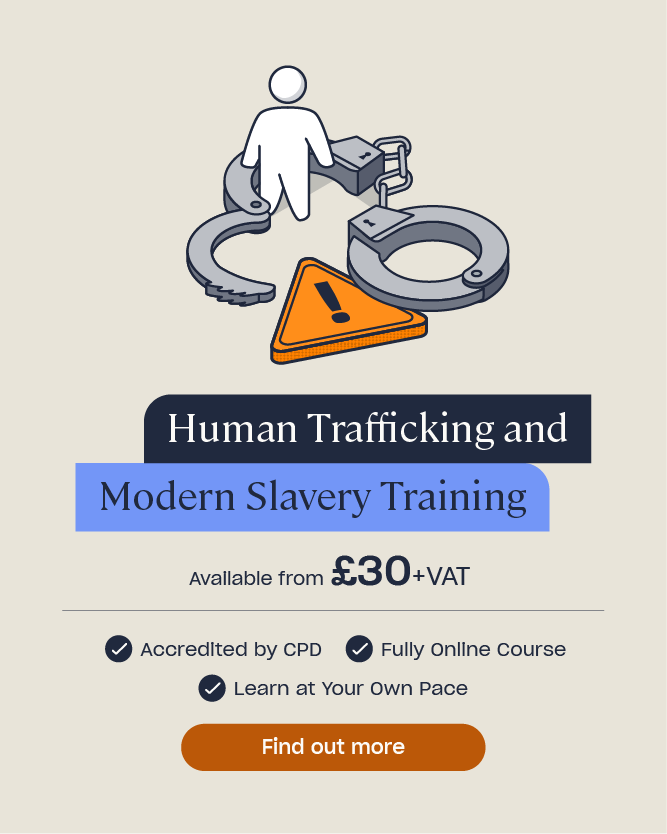Methods of Human Trafficking and Recruitment
Human trafficking is a highly organised and widespread crime, impacting many people all across the world. It can affect people of all genders and ages and have devastating consequences.
We can all contribute towards tackling this awful crime, and knowing the methods that traffickers use, and the signs associated with them, is an important part of this.
Within this article, we will explain what human trafficking is, who is most likely to be a victim and the methods that traffickers use to exploit people. Finally, we will explain what you must do, should you suspect that human trafficking is occurring.
What is Human Trafficking?
As defined by the Modern Slavery Act 2015, human trafficking is ‘the recruitment, transportation, transfer, harbouring or receipt of persons, using:
- Threats and force or other forms of coercion;
- Abduction;
- Fraud and deception;
- Abuse of power or abuse of a position of vulnerability, and
- The giving or receiving of payments or benefits to achieve control over another person for the purpose of exploitation.’
Human trafficking is a global issue. Traffickers take people from one area of a country to another, or across borders, and force them into exploitation when they arrive.
Trafficked people can be exploited sexually, placed in domestic servitude, agricultural work, manufacturing or construction, or forced to beg or participate in organ harvesting, amongst a range of other exploitative activities.
Why Does Human Trafficking Happen?
Perpetrators of human trafficking do so for monetary and financial gain. They are aided by the fact that it remains a very hidden crime and one that is difficult to detect. Many victims live in fear of their exploiters and will never speak up about what they are enduring.
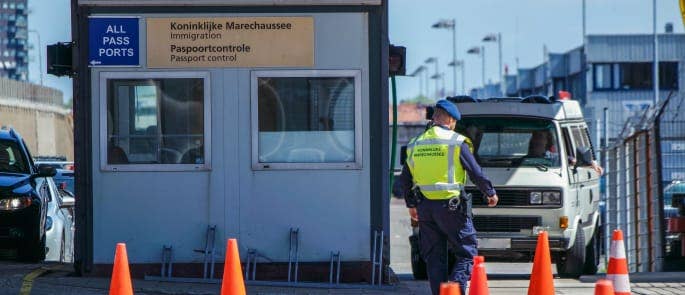
Who are Human Trafficking Victims?
Human traffickers deliberately target people who they believe will be ‘easy to exploit’. They provide false promises of lucrative jobs, stability, education, income or romance to attract people.
Victims might be any gender, adults, children or even newborn babies, and they can have varied educational, socio-economic, ethnic and religious backgrounds. Human trafficking is not restricted to a certain demographic.
However, we do know that certain groups of people are at higher risk of being trafficked, including women and girls for the purposes of sexual exploitation. Refugee camps are also commonly targeted by traffickers – for those experiencing poor living conditions, promises of a job and home elsewhere seem much more convincing.
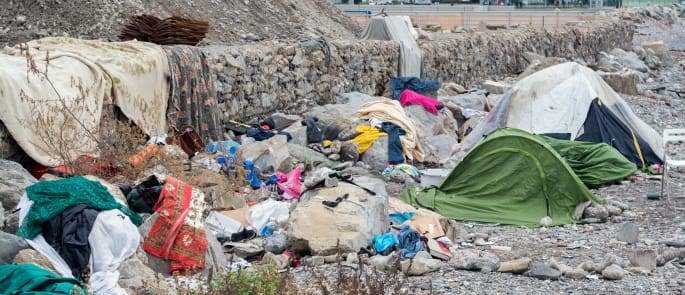
Signs of Human Trafficking
As we have said, victims of human trafficking will likely not disclose what they are experiencing. This is why having an awareness of the signs and remaining vigilant is crucial. A person who has been trafficked may:
- Show signs of physical and emotional abuse, including injuries and low self-esteem.
- Appear malnourished, have untreated medical problems and have an unkempt appearance.
- Live in overcrowded and dirty conditions.
- Avoid eye contact and social interaction.
- Act like they have been instructed by someone else, particularly with what to say in conversations, and like they have been coerced into doing something.
- Appear to be monitored or watched closely by someone else.
- Have little or no official documentation, including a passport.
- Have little or no personal possessions. For example, they may wear the same dirty clothes every day.
- Ask for permission or struggle to make a decision on simple things, such as to use the toilet.
- Be distrustful of authorities.
Methods of Human Trafficking
Human trafficking is based on the deception and exploitation of innocent, unsuspecting people. Common methods used to traffick humans include:
- Seduction and romance.
- False job advertisements.
- Lies about educational or travel opportunities.
- Sale by family.
- Recruitment through former slaves.
- Abuse of religious beliefs.
- Abduction.
- Forced pregnancy or sale.
We will cover each of these in more detail through the rest of this article:
Seduction and Romance
One of the most common methods of human trafficking is the use of seduction and romance. In these cases, a person (sometimes referred to as a ‘Loverboy’ or ‘Romeo Pimp’) seduces someone else, in order to force them into prostitution or other illegal work. It is a form of grooming and abuse.
These people form romantic relationships with their victims, however the relationship quickly turns into an emotionally abusive one. Blackmail and violence is often used to intimidate victims into compliance.
They might also paint a picture of a better life together abroad or elsewhere in a country. This is with the aim of isolating the victim from their family or community and, in some cases, forcing them to move to a country where they can’t speak the common language. Using romance in this way makes it easier for traffickers to move their victims across borders, as they will often go willingly.
False Job Advertisements
Another common method that traffickers use is enticing people with false job advertisements or travel opportunities.
They often post job opportunities on legitimate websites, using a registered business as a front. They also target places where they know people are looking for ways to leave or make a life elsewhere, such as countries experiencing an economic downtown or instability. These jobs are often for nanny or au pair positions, or in the hospitality or tourism industry.
Trafficked people will usually pay for their own flights and arrive in the country legally with all their documents. On arrival, these are seized and the victim is forced to comply through a series of abusive acts, including torture and the forced consumption of drugs and alcohol.

Sale by Family
In some areas of the world, unimaginable levels of poverty, debt, desperation and displacement cause families to sell their children to traffickers. It is also the pressure to alleviate these hardships and bring some money to the family that causes some families to sell a child into modern slavery.
In rare cases, some families build relationships with traffickers and will misrepresent the nature of the work to persuade other families to sell their children.
Recruitment through Former Slaves
In some cases, former slaves might recruit new people into the trafficking network. They may earn ‘commission’ from their exploiters for each new person they recruit, or be promised greater freedoms if they do so.
Abuse of Religious Beliefs
Religious beliefs are often exploited by traffickers as a way to recruit and coerce victims and ensure compliance. This is achieved through suggestions that this is the way things are meant to be and ‘God’s will’.
Victims may be made to take oaths, swearing that they will obey their trafficker, repay their ‘debts’ and not run away. These oaths act as psychological bonds, placing victims in a state of compliance without having to use threats or violence.
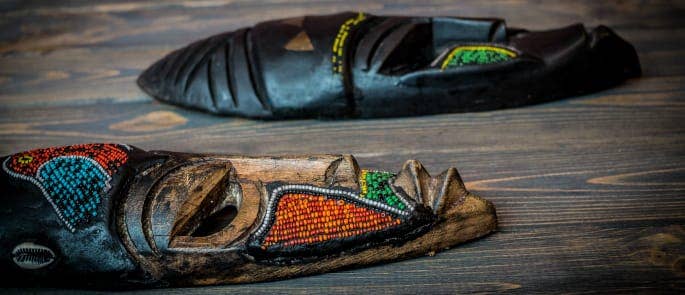
Abduction
Although it does still happen, abduction is a rarer method of human trafficking than deception through romance or job advertisements, for example. This is because abducted victims are more likely to escape during their transportation if they have not gone willingly.
Forced Pregnancy or Sale
In some cases, human trafficking happens even before babies are born. The term ‘baby factory’ (also known as ‘baby harvesting’ or ‘baby farming’) refers to the forced impregnation, sale or illegal adoption of an infant, in a location where a woman or girl is held against her will. Most of the time, these girls are underage and their babies are sold once they are born.
Baby farming operations usually happen in registered organisations. These are disguised to look like hospitals, maternity homes, orphanages and rehabilitation centres, and the people working in them are unregistered.
Responding to Human Trafficking
Human trafficking is an inhumane and dreadful crime. In order for it to be reduced, it is important to build awareness. Learning about human trafficking, the methods traffickers use and the signs of its occurrence is the first step you can take to build your own awareness and increase your vigilance.
If you believe that it is happening in your area, or you believe that somebody you know is a victim of it, you must speak out. Do not leave it to someone else. Victims will often not speak out themselves as the trafficker may have threatened them or their family if they do so, or language barriers may prevent them from asking for help, so you could be their only lifeline. You can contact the police or report it directly to the Modern Slavery Helpline.

Human traffickers use a variety of methods to exploit people, including false job advertisements, lies about opportunities and abduction. We all have a responsibility to be aware of such methods and to act if we believe somebody is at risk of, or is, being trafficked. Our Human Trafficking and Modern Slavery course can help you to learn more about your responsibilities and this issue.
Further Resources:
- Writing a Modern Slavery Policy: Guidance for Employers
- Warning Signs of Child Sexual Exploitation (CSE)
- Signs of Abuse in Adults
- Human Trafficking & Modern Slavery Online Training
- What is the Difference between Arranged Marriage and Forced Marriage?
- Safeguarding Training


